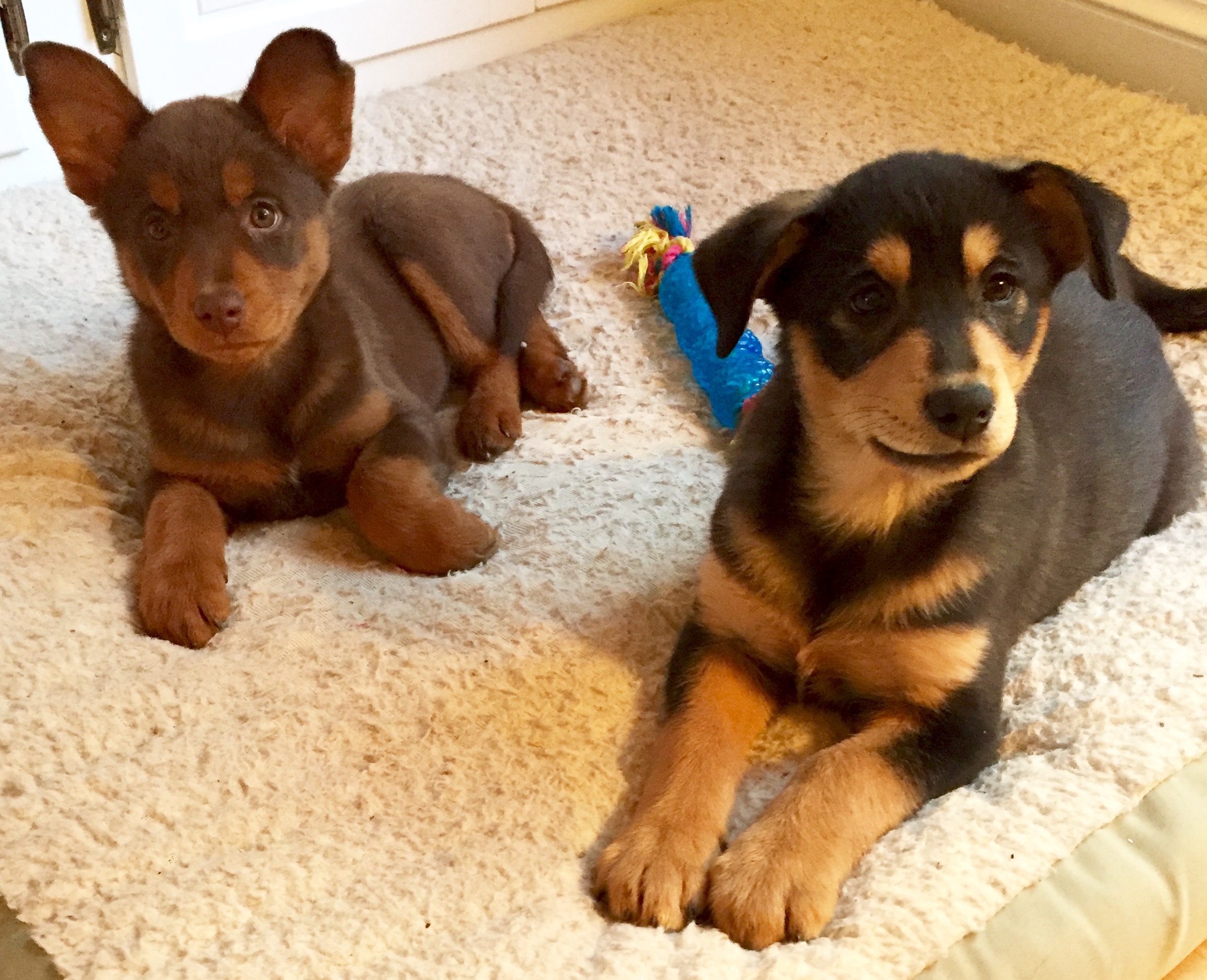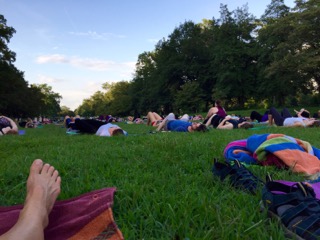Fourteen years ago I spent a week in a Boston classroom learning from the dedicated staff of the Benson Henry Institute. Peg Baim, shown here, has continued to inspire me through her foundational audio recordings of meditation practices. Her presence, wisdom, and knowledge provided me grounding and affirmation. Although we briefly met, I have gone back through the years and listened to her recordings over and over. I’ve also shared her work with many clients.
In this video, Ms. Baim demonstrates a twelve-word practice developed by the renowned Buddhist monk, scholar and author Thich Nhat Hanh. The steps are the following:
- Sit comfortably.
- Each pair of words is practiced with breath, for several rounds each.
- Begin the sequence by the following
- Breathe in the word “In”, breathe out the word “Out”.
- Breathe in the word “Deep”, breathe out the word “Slow”
- Breathe in the word “Calm”, breathe out the word “Ease”
- Breathe in the word “Smile”, breathe out the word “Release”
- Breathe in the word “Present”, breathe out the word “Moment”
- Breathe in the word “Wonderful”, breathe out the word “Moment”
Here are the word pairs again:
In, Out
Deep, Slow
Calm, Ease
Smile, Release
Present, Moment
Wonderful, Moment









